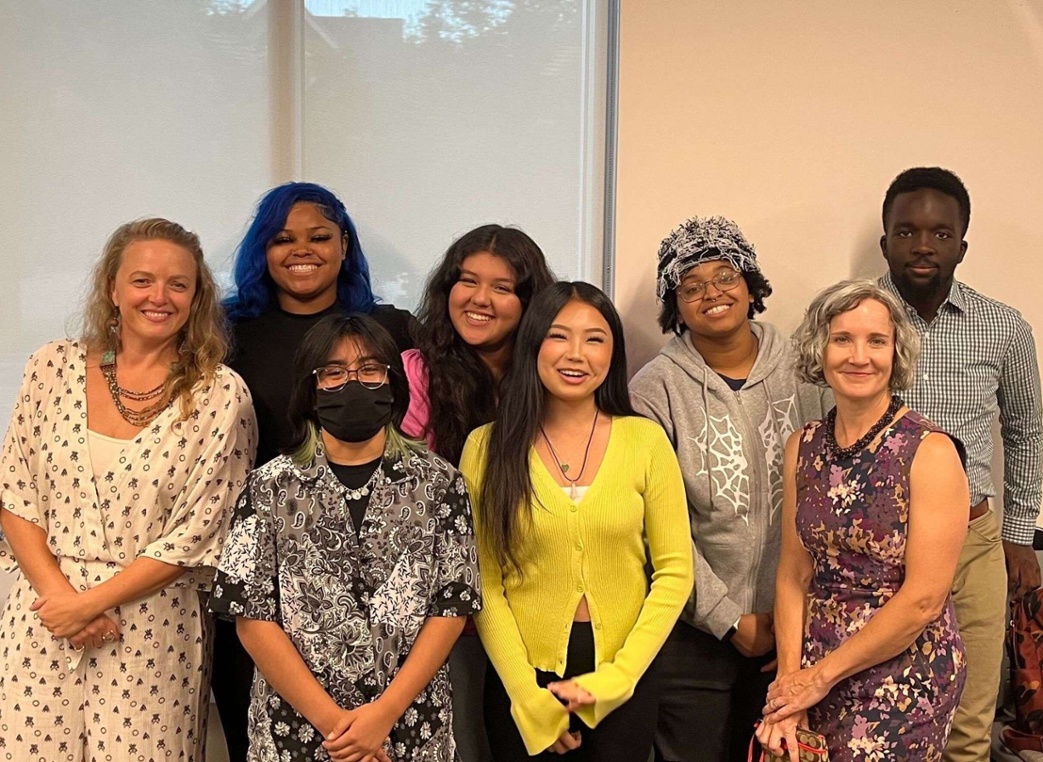The Benefits of Belonging: How To Build Membership Growth and Retention
 Before talking about membership, it’s worth spending a moment thinking about belonging. Because that’s what membership is—or what it’s supposed to be.
Before talking about membership, it’s worth spending a moment thinking about belonging. Because that’s what membership is—or what it’s supposed to be.
Belonging is a reciprocal experience, a mutually beneficial relationship where both parties are growing and gaining from the experience.
People aren’t usually interested in paying to be a part of an organization unless it is a community that welcomes them, responds to them, and delights them.
There are lots of ways to do that: social media, events, email marketing, blogs, videos, webinars, to name just a few. But before sharing all these things with members, it’s a good idea to take a step back and strategize about how to use your existing resources in smart ways that will serve the organizational goals.
Do you have an association marketing plan?
Membership growth and retention are at the heart of associations’ missions, but it’s sometimes a challenge to attract members and keep them around. A marketing plan can help.
A Sense of Community
Membership organizations are using their marketing strategies to create robust online communities. It was already happening before March 2020, but since the COVID-19 pandemic shut down so many live events, the creativity and dedication of nonprofits has been a wonder to behold.
Organizations like the Association of University Technology Managers (AUTM) have not just endured the pandemic; they have grown and deepened their collaborative partnerships and harnessed technology to create a more meaningful membership experience for more people.
They are creating a virtuous cycle, where the organizations get bigger and better because of their members. The more members, the more resources, collaboration, and success for the organization.
But how are these organizations standing out among the thousands of associations out there? How are they telling their stories? And how are they responding to the needs of existing members while attracting new ones?
I love this advice from Camille Winer, Yodelpop’s CEO: “Humans are social by nature—we want to interact with your organization and with you. Instead of always pushing information, make engagement a key component of your social media strategy.” Membership organizations are using Facebook groups, polls, and social influencer campaigns to build thriving online communities.
The same principle applies to an overall content strategy: Stop pushing, and start interacting.
Here are a few ideas on how to use content marketing to boost and grow membership in ways that will delight you and your growing membership base.
Know Your Members
Without a clear understanding of who your potential and existing members are, you’re operating in the dark.
That starts with your membership database. As this article on the Center for Association Leadership (ASAE) website puts it, “You can’t manage what you can’t measure.” Make sure you’re working with good, clean data. Everyone on your team should have a clear idea of what your terms mean. Organizations have different criteria for “lapsed” members, for example.
Learn about your existing members so you can continue to offer the content and resources they need. The information gleaned from surveys, interviews, and focus groups is extremely valuable in creating a content marketing strategy.
Personalize Content
Once you know your members, you can start sharing content that is relevant to their lives and professions.
At Yodelpop, both for our company and for our clients, we use nonprofit personas—fictional representations of ideal supporters and participants. That means that before we create content, we try to know as much as we can about the potential members. What are their demographics, goals, challenges, identifiers? What does a typical day look like? Using personas is one way to discover how content can better serve the audience.
As Cori Albrecht, Yodelpop’s senior account manager, observes: “Somebody who’s an experienced professional for 10 years has different needs for training and resources than somebody who’s just entering the field.” A good content strategy ensures that you speak to all those audiences, no matter where they are on their journey.
That’s when you get to delight them—my favorite part about this philosophy of marketing.
Tell Stories That Delight
Once you know who your members are and have explored the mechanics of how to get meaningful content to them, you get to share stories.
Where do you get those stories? Who has time to write?
Cori has words of comfort and encouragement for associations that might have a small communications department or limited resources for content marketing. “They’ve heard all the buzzwords about content marketing, and they’ve heard they need to do more to attract and keep members,” she says. “What they don’t understand is that they have all kinds of content already. They have brochures about the value of their membership. They do annual conferences every year and probably record many of those sessions; those sessions could be turned into blogs.”
In this post, she suggests eight ways to repurpose content for a nonprofit marketing strategy.
She also suggests organizations try content mapping to make sure that the organization gets the right content to the right people at the right time. Content mapping helps you target content according to who will be consuming it and how close that person is to making a purchase or becoming a member. This content mapping template helps you understand the journey of your members.
A Word on Retention
Once you’ve got members, how do you keep them delighted and eager to renew their annual membership? The ASAE calls this process “injecting a little magic” into the experience.
ASAE has a great list of tactics for boosting membership retention. One suggestion is to think about a singular retention-specific message and “make it sting.” That means finding out what messaging worked in the past and building on it. Making it sting means appealing to what members will lose if they let their membership lapse.
They also suggest messaging that speaks to the member’s identity. Professionals often identify strongly with their chosen field. It’s that sense of belonging that I started with.
And this should go without saying: Renewing should be easy. The user experience should be painless, or even fun. All of this brings up the question of how much content to give out for free—to attract new members—and how much to reserve for members only.
Content: Free or Locked Down?
There is no simple answer to the question of whether content should be free and available to the public, or restricted to members.
“You want to make sure the value of becoming a member doesn’t get diluted by the fact that you are giving it all away in blogs and pillar pages,” says Cori. “But you want to attract new members and once they are members, you’re delighting them. And delighted members will create more content and more buzz and be an advocate for you to attract more members. That flywheel just keeps spinning.”
It’s a balancing act. For example, on its website, the American Medical Writers Association (AMWA) has a series of blogs, available to the public for free, on all sorts of relevant topics for people in various stages of medical communication careers. For members only, they have AMWA Journal, lively discussions, and discounts on top-notch networking and training opportunities.
The ASAE blog looks at the American Academy of Physician Associates (AAPA) as a case of an organization that undertook a thoughtful and collaborative process of deciding what content to lock down.
A Sense of Belonging
Every organization has a story, and finding ways to share that story in meaningful ways seems to me to be the most important part of a content strategy. It’s a wonderful thing when a whole team creates a shared strategy for creating and sharing content. We know what the message is and how to get it out into the world. A successful membership organization gets that delightful content to the right people—solving their problems and answering their questions.
And when those people are heard and their suggestions are acted on—well, that’s belonging.




